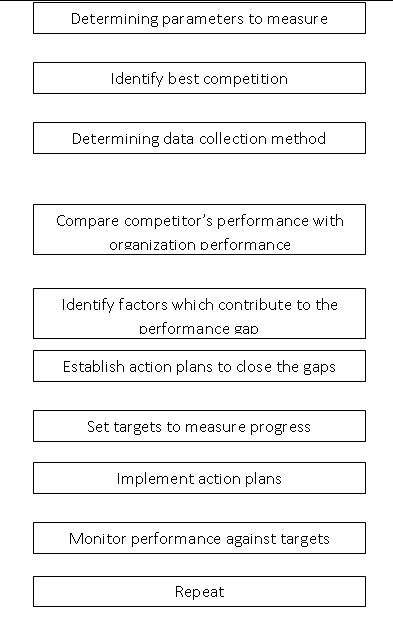Services firms are not identifying their key market segments and then determining how they wish consumers to perceive both their company and its products and services. Positioning is of particular significant in the services sector as it places an intangible service within a more tangible frame of reference. Thus the concept of positioning stems from a consideration of how an organization wishes its target customer to view its products and services in relationship to those of its competitors and their actual, or perceived, needs.
“Positioning is concerned with the identification, development and communication of a differentiated advantage which makes the organization’s products and services perceived as superior and distinctive to those of its competitors in the mind of its target customers.”… Read the rest


